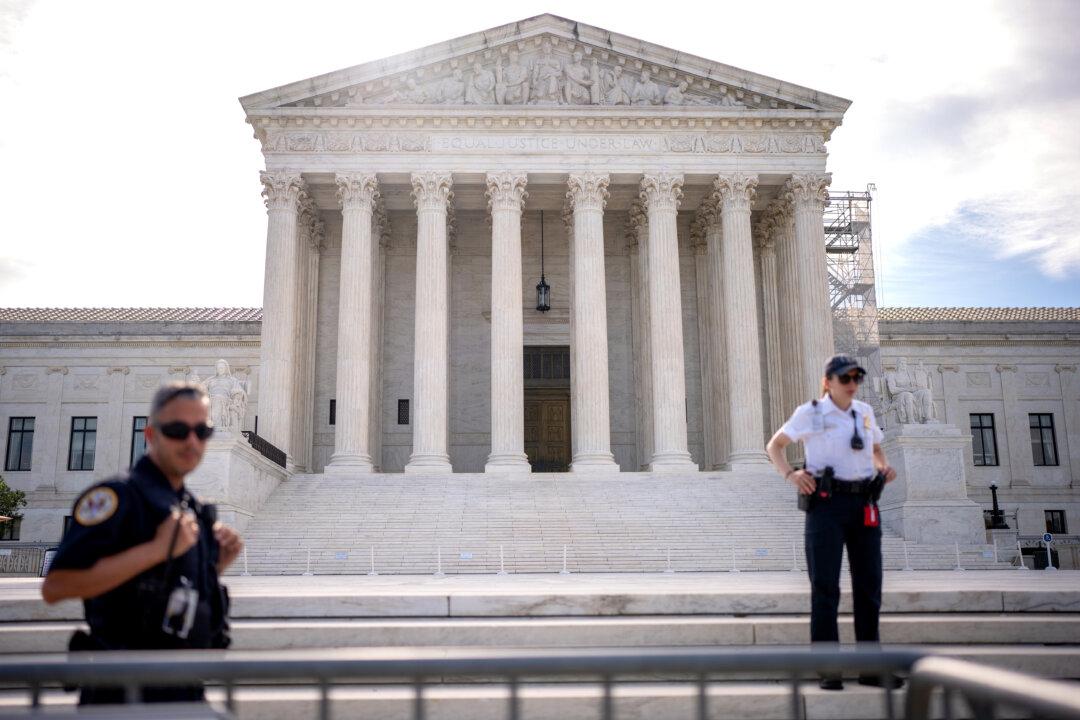A writer who exposed the deaths of millions of Chinese people during the Great Leap Forward says the Chinese Communist Party has released more and more documents detailing the bloodshed and famine.
Tens of millions of people died during the Great Leap Forward, former Chinese Communist Party leader Mao Zedong’s pet project from 1958 to 1962—when he thought he could divert rural Chinese farm workers into mass collectives.
While most might assume that Adolf Hitler’s Holocaust, or Joseph Stalin’s purges, or the “Terror Famine” of Ukraine, or perhaps even the slaughter of Native Americans in the New World, were the worst mass killings in history, Mao seemingly outdid them all in an even shorter span of time.
Mao thought that he could catapult his country past its competitors by herding villagers across the country into giant people’s communes. In pursuit of a utopian paradise, everything was collectivised. People had their work, homes, land, belongings and livelihoods taken from them. In collective canteens, food, distributed by the spoonful according to merit, became a weapon used to force people to follow the party’s every dictate. As incentives to work were removed, coercion and violence were used instead to compel famished farmers to perform labour on poorly planned irrigation projects while fields were neglected.But the policy turned out to be a disaster, killing tens of millions of people via starvation. But it wasn’t only starvation that left countless people dead, as new records show that several million people were also tortured to death or summarily executed in the same time-frame.
For example, he writes, “a boy stole a handful of grain in a Hunan village [and] local boss Xiong Dechang forced his father to bury him alive.” The father later died of grief several days later.
In another, more brutal example, a man named Wang Ziyou was accused of digging up a potato, so officials cut off one of his ears, and “his legs were tied with iron wire, a ten kilogram stone was dropped on his back and then he was branded with a sizzling tool,” Dikötter notes.
Meanwhile, during the Great Leap Forward, food—or a lack thereof—was used as a means to kill.
“Throughout the country those who were too ill to work were routinely cut off from the food supply. The sick, vulnerable and elderly were banned from the canteen, as cadres found inspiration in Lenin’s dictum: ‘He who does not work shall not eat,’” Dikötter writes.
According to historical records of Chinese Communist Party leadership meetings, Mao was fully aware of what was going on, and still ordered more grain be procured.
Dikötter also found new evidence of CCP abuses in the early 1950s. In many Chinese villages, leaders were tortured, humiliated, and executed as their land was redistributed to CCP activists, who used peasants and thugs to carry out their brutality. “When it comes to the ways in which people are killed, some are buried alive, some are executed, some are cut to pieces, and among those who are strangled or mangled to death, some of the bodies are hung from trees or doors,” Liu Shaoqi, the Party’s second-in-command, was quoted as saying, seemingly noting the violence that was spiraling out of control.
A few years later, responding to the failure of the Great Leap Forward and the economic crisis that followed Mao would launch his devastating Cultural Revolution, which lasted from 1966 until 1976, creating his personality cult to “crush those persons in authority who are taking the capitalist road” and strengthen his own ideologies, according to an early directive.
At least as many as two million people died and millions more were imprisoned, according to Dikötter.
But mass killings were not the worst of it.
“But the point must be that in comparison to ‘Mao’s Great Famine’ which took place earlier from ‘58 to ’62, that appears to be a rather low figure. But the point is that it is not so much death which characterized the Cultural Revolution, it was trauma,” he told NPR in May 2016.
“It was the way in which people were pitted against each other, were obliged to denounce family members, colleagues, friends. It was about loss, loss of trust, loss of friendship, loss of faith in other human beings, loss of predictability in social relationships. And that really is the mark that the Cultural Revolution left behind.”





